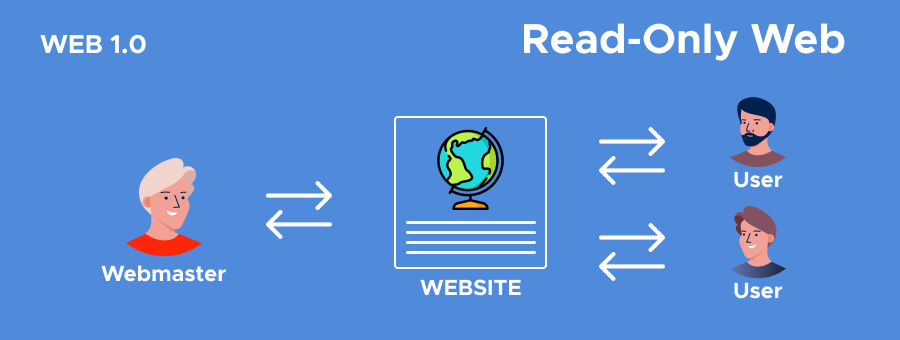Evolution of Internet Technologies: From Web 1.0 to Web 3.0
Evolution of Internet Technologies: From Web 1.0 to Web 3.0
Hello again, all. Today I am excited to share the advancements seen in the last few decades surrounding the Web that we all use everyday😄.
The journey from Web 1.0 to Web 3.0 represents a huge shift in how we all create, share, communicate, and engage with online information and content. In this blog, we’ll explore the defining characteristics of each web era and how the transition to Web 3.0 is shaping the future of the internet.
Here's a link to outline the transition from Web 1.0 to 3.0.
Web 1.0
Web 1.0 or otherwise known as, the read-only web. This represented the early stages of the internet, made up of static web pages and limited possible interaction. Content was mostly created by a small number of web developers and companies, leading to a “read-only” web experience.
Web 2.0
Web 2.0 was dubbed as the, 'Interactive Era', this marked a significant shift in how people could use the internet to interact with others. Key features included likes, shares, and comments. These features were available to use on all of the above platforms that came with Web 2.0👆.
Web 3.0
Ultimately, the journey of the internet is far from over. I am very excited to see what changes can be brought by web 3.0 and it will be fascinating to see what unfolds👀.
That's all from me today...
Thanks again, guys😇







Great work!!!
ReplyDeleteThe phrase ‘cloud based cyber security solutions’ effectively conveys a modern approach to digital protection. To improve the description, consider detailing the specific services offered—like threat monitoring, data encryption, or compliance management. Highlighting benefits such as scalability, real-time protection, and cost efficiency would also strengthen the message.
ReplyDelete